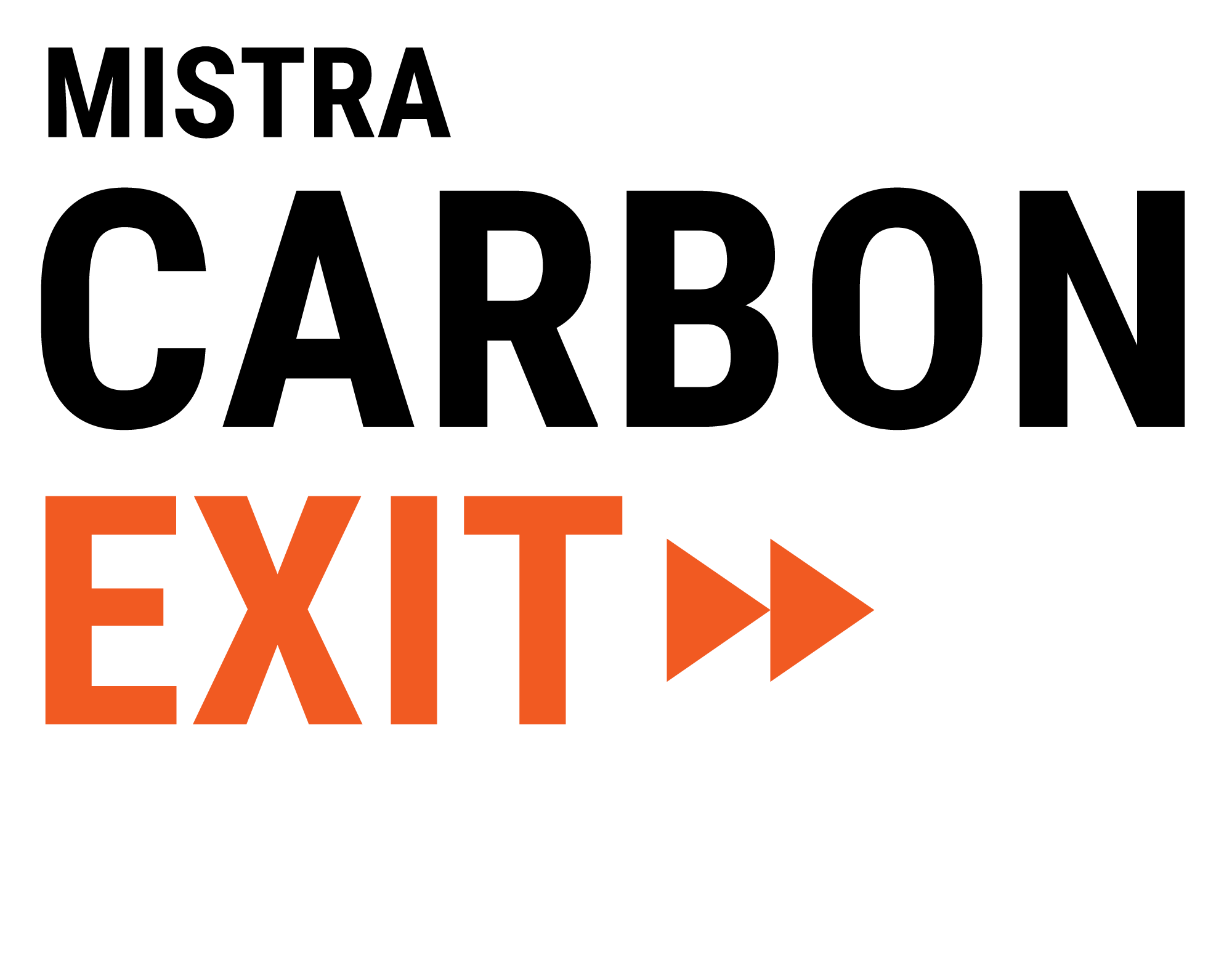This paper discusses what role trade policy can play in EU climate policy. It does so by reviewing how low-carbon investment can be boosted while addressing carbon leakage risk. It is part of an ongoing series of the Mistra Carbon Exit policy briefs exploring how the Von der Leyen Commission can best approach the multiple challenges facing the EU.
Read MoreThis paper assesses the potential for reducing the climate impact of road construction. The results indicate that it is technically possible to cut in half road construction CO2 emissions with today's best available technologies and practices, to abate more than three quarters of the emissions by 2030 and achieve close to net zero emissions by 2045.
Read MoreThe new EU Commission is taking office and at the same time Mistra Carbon Exit is publishing a policy brief concerning the EU emissions trading system, the EU ETS.
Read MoreNär den nya EU kommissionen nu är på plats kan EU:s klimatarbete starta på allvar. Med den nya ordföranden Ursula von der Layen kommer klimat och miljö få en betydligt mer framträdande roll än tidigare.
Read MoreThe UN has taken an important decision that removes one of the most discussed legal barriers to achieve net zero emissions. From October this year it is legal to export carbon dioxide for seabed storage. Mathias Fridahl, Climate policy analyst at our partner Fores, and research fellow at Linköping University, has written a blogpost on the issue.
Read MoreLars Zetterberg, programme director for Mistra Carbon Exit, was recently interviewed about the prerequisites for Sweden to become fossil free, and also about the possible scenarios and roadmaps that have emerged from the Mistra Carbon Exit research so far.
Read MoreStoring carbon dioxide deep underground may be necessary to stop climate change but there are also many uncertainties. Lars Zetterberg, Programme Director for Mistra Carbon Exit, was recently interviewed about the topic on Swedish Radio Klotet.
Read MoreThis is the second annual report from Mistra Carbon Exit. Download the full report to read more about the programmes achievements, our researchers, meet our PhD candidates and much more. We are very proud that the results from the programme has started to make an impact on the discussions among our stakeholders.
Read the full report here
Read MoreThe EU ETS has just been reformed, so can we sit back and watch it work? Unfortunately, not. The time of cheap greenhouse gas emission reductions is over.
Read MoreAs part of the buildings and transportation infrastructure case studies work we organize monthly webinars which you are all welcome to take part in.
Read MoreExploring the effects of scaling up the use of alternative binders to reduce the climate impact from concrete.
Read MoreThe climate summit, COP 24, in Polish Katowice last November was an important milestone in the climate negotiations following the Paris agreement in 2015. Particularly successful was the progress with a rule book enabling the Paris Agreement. In late January Mistra Carbon Exit organized a breakfast seminar themed COP 24.
Read MoreBased on my experience from the first week, I would say that a few clear themes have emerged from the talks: finance, the role of non-state actors, an enhanced focus on industry, partnerships and collaboration, a socially just transition, as well as moving from ambition to action.
Read MoreChalmers are looking for master thesis students for two different thesis: “Material use in a low carbon energy system” and “Concrete change: analysis of strategies to reduce the climate impact of concrete use”.
Read MoreThe transition towards net zero greenhouse gas emissions will require non-conventional decisions by policymakers, businesses and households to foster investments in new low carbon technologies. Even when low carbon technologies exist, structural and psychological barriers often stand in the way towards taking these decisions.
Read MoreDuring two days in November nearly 50 participants from the Mistra Carbon Exit Consortium met for an internal program conference in Stockholm, Sweden. The aim was to present and discuss results from a number of work packages and case studies and allow for all participants to take part of what is done in the program.
Read MoreI’m on my way to Sacramento, the capital of California. The grass is brown and the air is yellowish and hazy due to fires. In a week from now the fires will spread rapidly, consume homes and vineyards in the wine districts north of San Francisco and kill more than 20 people. The fires fuel the debate of climate change and strengthen the engagement from people and politicians in California. One may think that with Trump as United States’ president climate action has halted in the US. But not here in California.
Read MoreThe brief outlines different perspectives on the past performance of the EU Emissions Trading System (ETS) in terms of its allowance price (Section 1), analyses how the recent reform responded to related challenges (Section 2), and considers the case for introducing a carbon price floor in the EU ETS (Section 3). The main part of the brief (Section 4) identifies five myths in the debate of an EU ETS price floor and critically confronts them. Section 5 concludes by discussing potential entry points for introducing a carbon price floor in the context of the upcoming EU climate policy process.
Read MoreThe Special Report on Global Warming of 1.5°C was approved by the IPCC on Saturday in Incheon, Republic of Korea. It will be a key scientific input into the Katowice Climate Change Conference in Poland in December, when governments review the Paris Agreement to tackle climate change. Lars Zetterberg, IVL, Program director Mistra Carbon Exit and Filip Johnsson, Chalmers, Vice Program Director Mistra Carbon Exit, comments on the report in Ny Teknik.
Read MoreThe CCC research project Impres, coordinated with Mistra Carbon Exit, has now completed case studies in USA, Australia, UK, Netherlands and Sweden. The Impres team has interviewed key actors in major infrastructure projects on their experiences from implementing procurement requirements for reduced carbon emissions during construction, operation and maintenance.
Read More


















